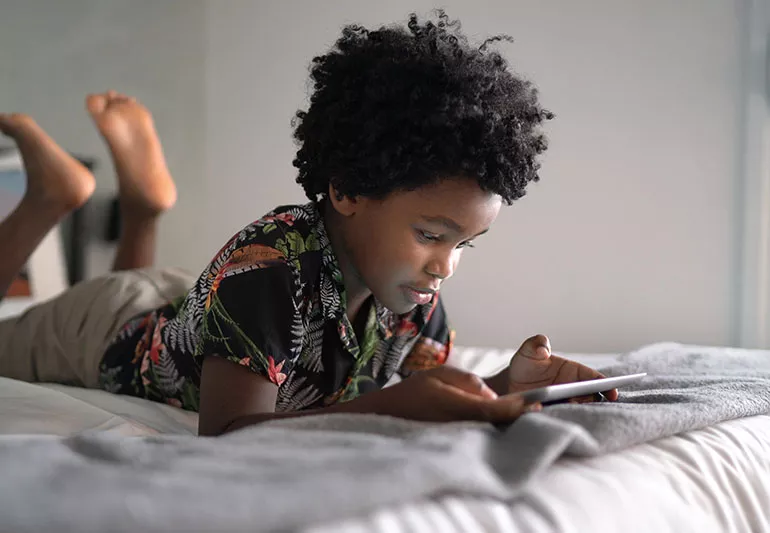In today’s digital age, children are growing up surrounded by screens. From smartphones to tablets and computers, electronic devices have become an integral part of their lives. While technology offers countless educational opportunities, finding the right balance between screen time and other after-school activities is crucial for a child’s overall well-being.
Non-Screen Activities & Learning
Excessive Screen Time can hinder a child’s ability to observe the world and experience the typical activities needed to learn. This can result in a sort of tunnel vision that negatively impacts their learning skills and overall development. Non-screen activities require a child to use their cognitive and memory skills in more direct ways, leading to better learning outcomes.
They also often involve interacting with others and face-to-face communication, improving interpersonal skills and building relationships. With a screen, it’s much easier for a child to “check out” while they are focused on the device; non-screen activities demand attention and presence, enhancing mindful qualities that keep a child engaged and involved in their learning and academic success.
Non-Screen Activity Ideas
Putting together a game box, shelf, or cabinet will give a child a large resource of non-tech tools to boost their learning skills. Stock it with plenty of coloring books, board games, puzzles, and playing cards. During your daily childcare routine, encourage the child to explore their game box and try a fun, hands-on activity.
Most kids love a treasure hunt. Write out a series of clues, hide them around your home, and have your child figure out each one until they reach a small prize at the end. This will increase their problem-solving abilities, encourage teamwork and planning, and build their resilience, determination, and self-esteem.
INTEGRATING NON-SCREEN ACTIVITIES
Outdoor Play: Design after-school activities that involve outdoor play. Physical activities not only promote a healthy lifestyle but also provide a break from screen exposure.
Hands-On Projects: Foster creativity and teamwork through hands-on projects. From science experiments to art and crafts, non-screen activities contribute to a well-rounded learning experience.
Reading Time: Cultivate a love for reading by incorporating dedicated reading sessions. Provide a variety of books that cater to different interests and reading levels.
In Conclusion
In the quest for educational excellence, must navigate the digital landscape judiciously. By finding the right mix of screen time and non-screen activities, parents can create an environment that fosters holistic development, ensuring that children not only excel academically but also thrive physically, socially, and emotionally. Balancing screen time is not just about limiting exposure but about curating a rich and diverse learning experience that prepares children for success in the digital era while safeguarding their overall well-being.

